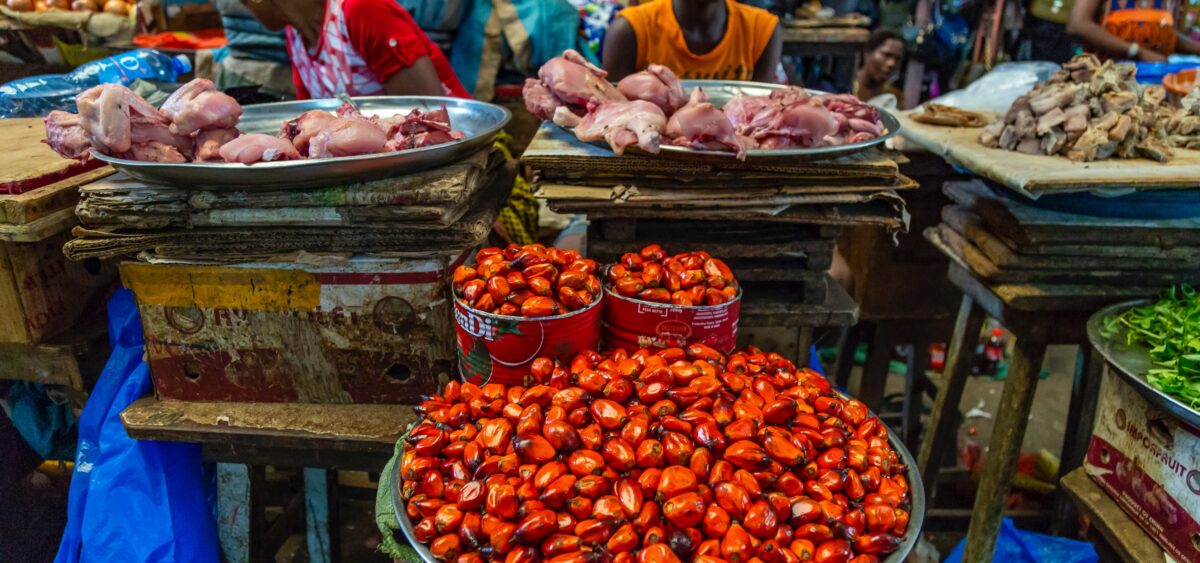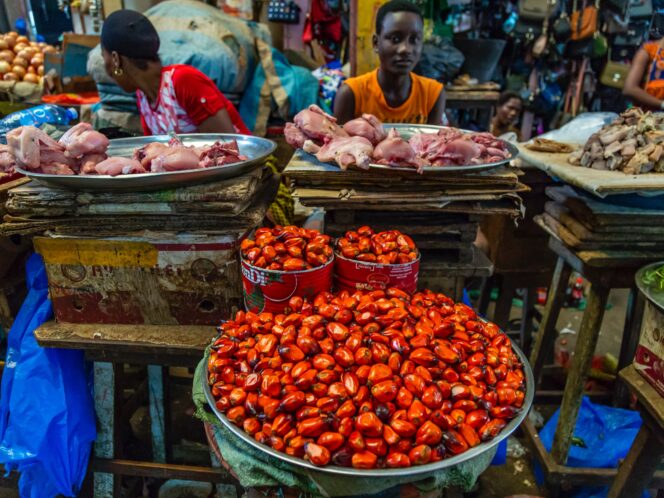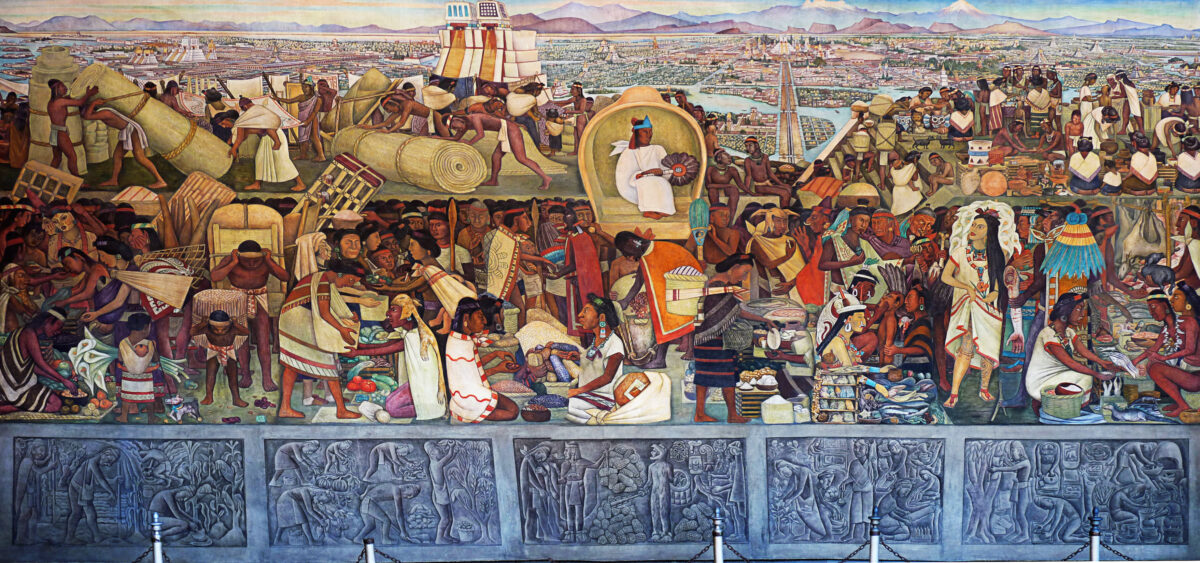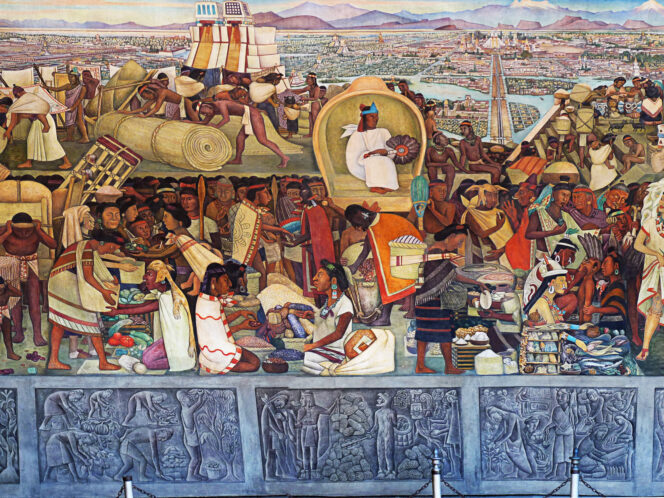
On the continent of Africa, the colonial economic arrangements never really ended. To discover this, you need look no further than the food on your plates.
“Where is imperialism? Look at your plates when you eat. The imported grains of rice, corn, and millet – that is imperialism. Let’s not look any further.”
I’m standing in the fruit and veg section at a Carrefour in Abidjan, examining already-mouldy punnets of blueberries and searching desperately for just two hundred useable grams of imported fruit, when I’m once again haunted by these words from the Burkinabè revolutionary leader Thomas Sankara. Sankara rose to the presidency of Burkina Faso in 1983 and led the country on a Marxist-Leninist agenda that was staunchly anti-imperialist. By the time he was assassinated in a foreign-backed coup in 1987, his ideas about food sovereignty had spread across the continent.
I was prompted to engage with Sankara after I made what was supposed to be a temporary move from London to Abidjan, the capital city of Côte d’Ivoire, at the start of this year. Like many people, my plans were shifted by Covid-19 and I’ve found myself here for an extended period of time. To be fair, this has only








